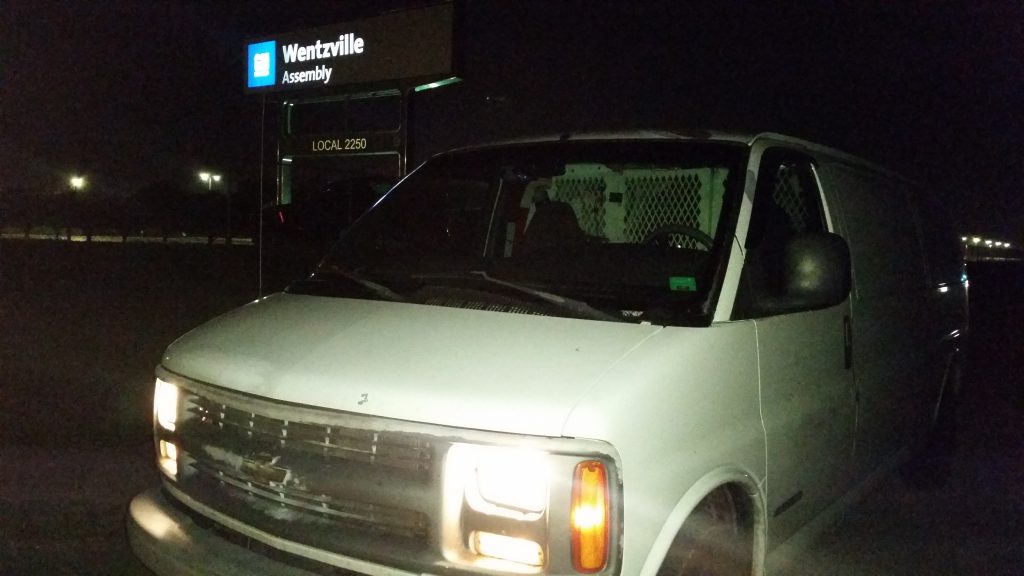Auto racing has a long history in the United States, with its roots dating back to the late 19th century. Here are some key events and milestones in the history of auto racing in the US:
- 1895: The first recorded automobile race in the United States takes place in Chicago. The winning vehicle, a Benz, has an average speed of 7.5 miles per hour.
- 1903: The first 500-mile race is held at the Indianapolis Motor Speedway. The inaugural race is won by driver Louis Chevrolet.
- 1911: The first Indianapolis 500 is held at the Indianapolis Motor Speedway. Driver Ray Harroun wins the race in a Marmon Wasp.
- 1927: The first 24 Hours of Le Mans race is held in France, featuring American drivers and cars.
- 1949: The National Association for Stock Car Auto Racing (NASCAR) is founded, establishing a formal organization for stock car racing in the US.
- 1950s: The 1950s are known as the “golden age” of American auto racing, with the introduction of the NASCAR Cup Series and the rise of drivers like Richard Petty, Lee Petty, and Junior Johnson.
- 1960s: The 1960s are marked by the rivalry between American drivers and European drivers in sports car racing, as well as the popularity of drag racing and the establishment of the International Motorsports Hall of Fame.
- 1970s: The 1970s are marked by the dominance of drivers like Richard Petty and Dale Earnhardt in NASCAR, as well as the introduction of safety improvements like the HANS device and the SAFER barrier.
- 1980s: The 1980s see the rise of driver Bill Elliott in NASCAR, as well as the debut of the International Race of Champions (IROC) series.
- 1990s: The 1990s are marked by the emergence of driver Jeff Gordon as a dominant force in NASCAR, as well as the introduction of new safety measures like roof flaps and restrictor plates.
- 2000s: The 2000s are marked by the continued success of NASCAR, as well as the establishment of the Grand-Am Road Racing series and the rise of drivers like Jimmie Johnson and Tony Stewart.
- 2010s: The 2010s are marked by the continued dominance of NASCAR, as well as the rise of electric and hybrid cars in racing, including the establishment of the Formula E electric racing series.
Throughout its history, American auto racing has been characterized by innovation, competition, and a passion for speed and performance.

